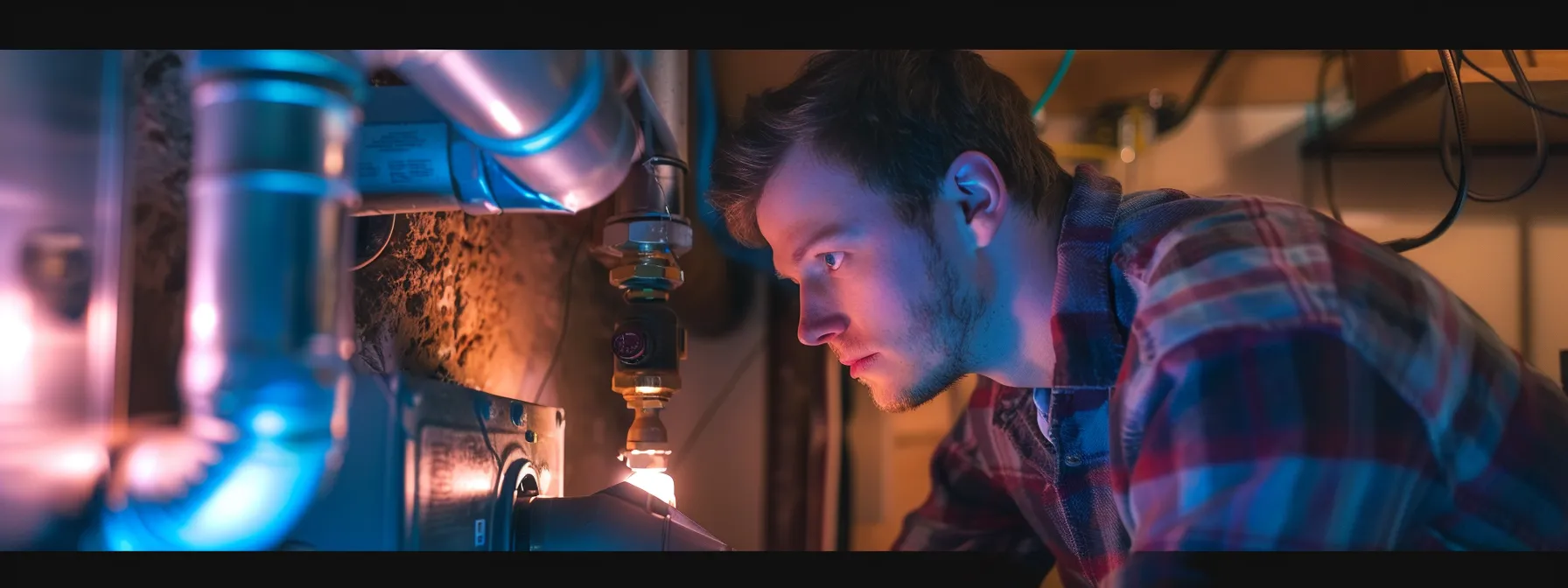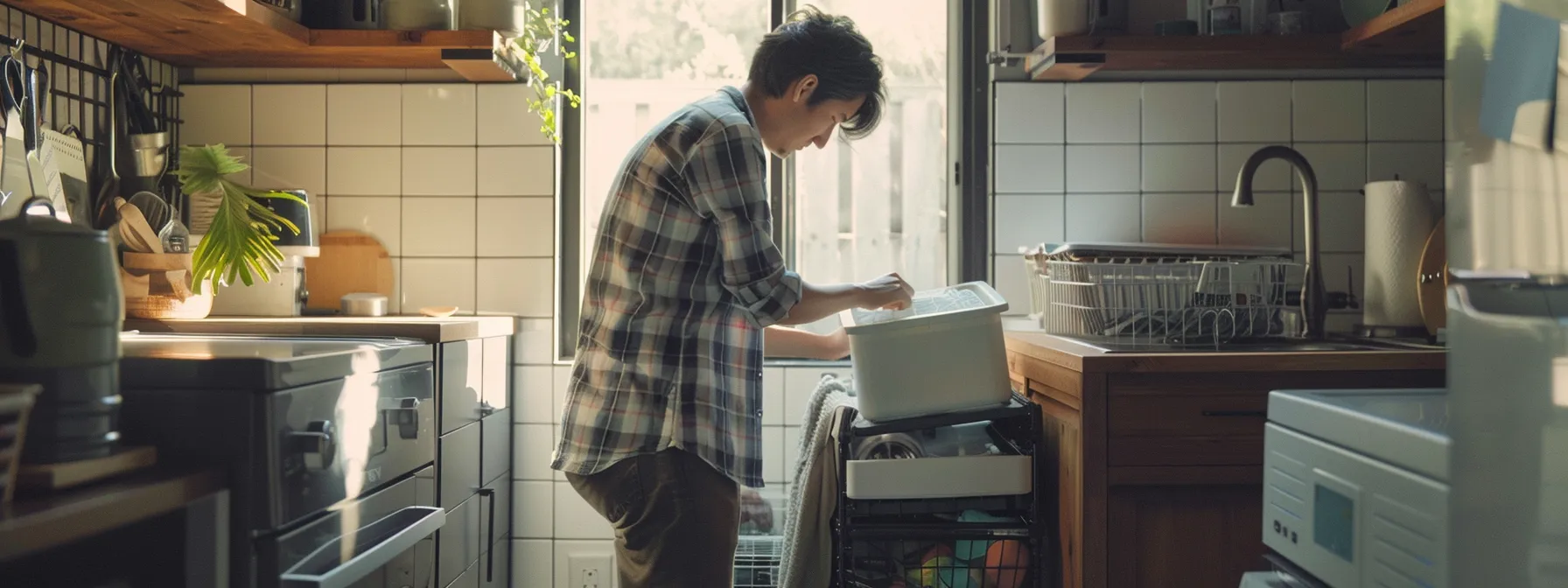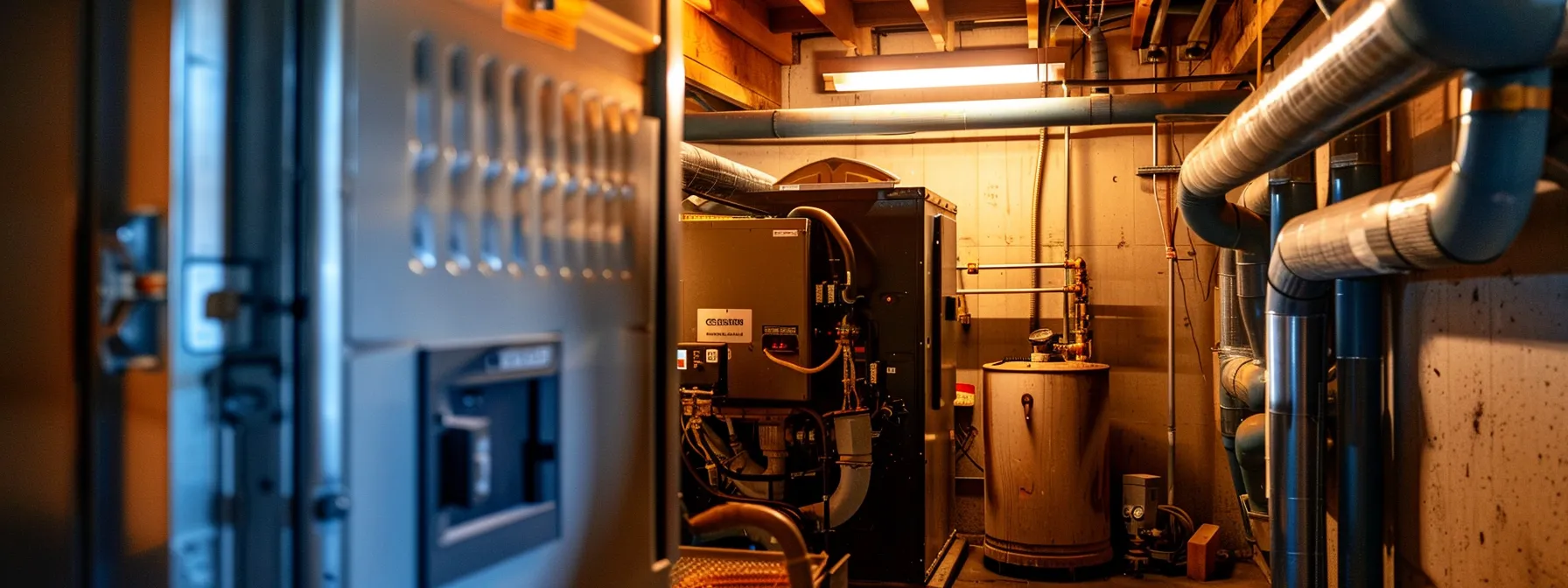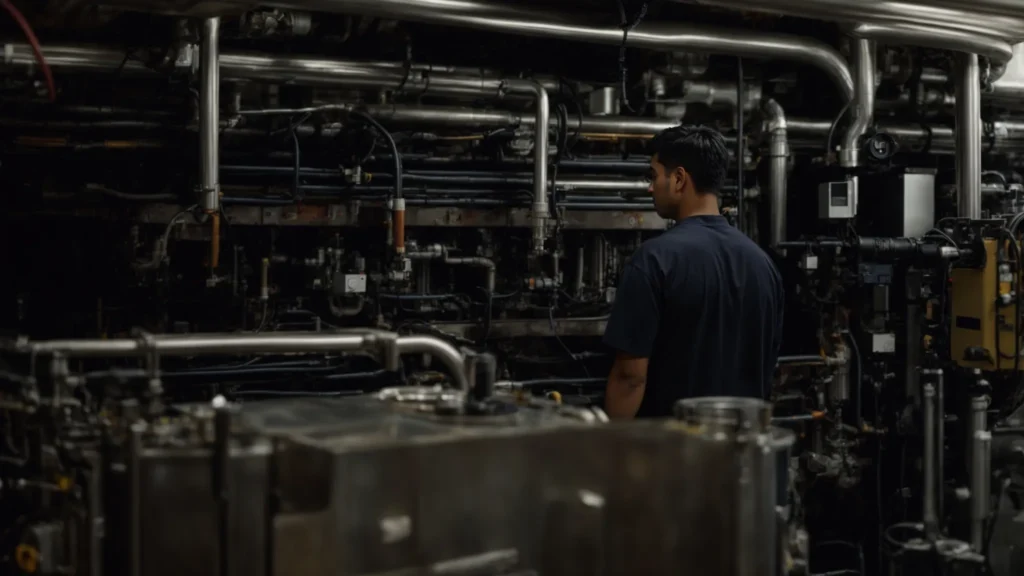How To Take Care of Your Furnace
As colder weather approaches, the comfort of a warm home relies largely on the health of your furnace. Maintaining your furnace not only ensures your household’s warmth but also extends the lifespan of your heating system and helps to avoid unexpected breakdowns.
Understanding the Basics of Furnace Maintenance

The cornerstone of keeping any furnace running efficiently is conducting regular maintenance. At the fundamental level, this involves cleaning and checking your heating system for signs of wear and tear. Inspecting the heat exchanger for cracks, monitoring the thermostat for proper functioning, and listening for unusual noises can offer early indicators of potential issues.
Simple tasks like ensuring the pilot light is lit and the flame sensor is clean are basic steps homeowners can take. Additionally, understanding your furnace’s cycle and operation can help you determine if it’s functioning as it should. If the furnace frequently cycles on and off, or the blower runs continuously, there may be underlying problems.
However, it’s important to recognize when a task is beyond your skill set. Some procedures are better left to professionals due to the complexity or safety concerns—working with gas lines, for instance, should always be handled by an expert. Remember, Same day Furnace Repair by Any Hour Electric, Plumbing, Heating & Air is available should you encounter more significant issues.
Scheduling Regular Professional Inspections

While homeowners can perform many maintenance tasks, scheduling an annual inspection with a licensed HVAC technician is crucial. A professional will have the tools and expertise to conduct a thorough evaluation and servicing of your furnace, ensuring that every component is in peak condition before the heating season begins.
During these inspections, technicians will check for safety hazards like gas leaks or carbon monoxide. They will also adjust the system to optimize energy efficiency, which can help lower your heating bills. This routine check-up is the best way to catch potential issues before they turn into costly repairs.
Regular professional servicing helps ensure that the furnace warranty remains valid. Many manufacturers require a record of professional maintenance to uphold the warranty, so keeping up with these inspections can be financially beneficial in the long term.
It’s best to schedule these inspections in the early fall or before the demand for heating technicians peaks. This way, you’re not left in the cold waiting for a busy serviceman, and you have the reassurance that your furnace will function reliably throughout the winter months.
Replacing Filters for Optimal Performance

A simple but critical component of furnace maintenance is regularly replacing the air filter. The filter’s job is to trap dust, dirt, and other airborne particles, preventing them from entering the furnace and circulating around your home. Over time, the filter can become clogged, which can impede airflow and strain the furnace’s blower motor.
How often you should change the filter can vary. It depends on the filter type, the furnace manufacturer’s recommendations, and factors such as pet ownership or household allergies. Generally, it is advisable to replace the filter every one to three months during the heating season.
Frequent filter changes not only maintain air quality but also contribute to maintaining the efficiency of your furnace. A clean filter allows for better air circulation, which means your furnace doesn’t have to work as hard to heat your home.
Installing a new filter is a simple process that usually doesn’t require tools. Always ensure the furnace is turned off before you begin, and follow the manufacturer’s instructions for selecting the correct filter size and type for your specific furnace model.
Keeping the Furnace Area Clean and Unobstructed

The space around your furnace is just as important as the equipment itself. Keep the surrounding space clear of storage boxes, flammable materials, and general debris to promote safe operation.
Regularly cleaning the area can also limit the amount of dust that enters the furnace, putting less strain on your air filter. Vacuum around the furnace and vents to keep dust and dirt from building up.
Additionally, outside air supply vents for the furnace should remain unblocked. For high-efficiency furnaces, make sure the intake and exhaust pipes are free from obstructions, like snow, leaves, or nests, to ensure proper ventilation.
During your regular cleaning routine, also inspect the furnace’s intake grilles and air vents throughout your home. Keeping them clear helps facilitate a steady distribution of warm air and contributes to balanced heating in all rooms.
Overall, keeping your furnace in top condition is an ongoing commitment that involves simple, regular tasks as well as professional support. By staying vigilant and attentive to the needs of your heating system, you can ensure your home remains warm and safe each winter.




